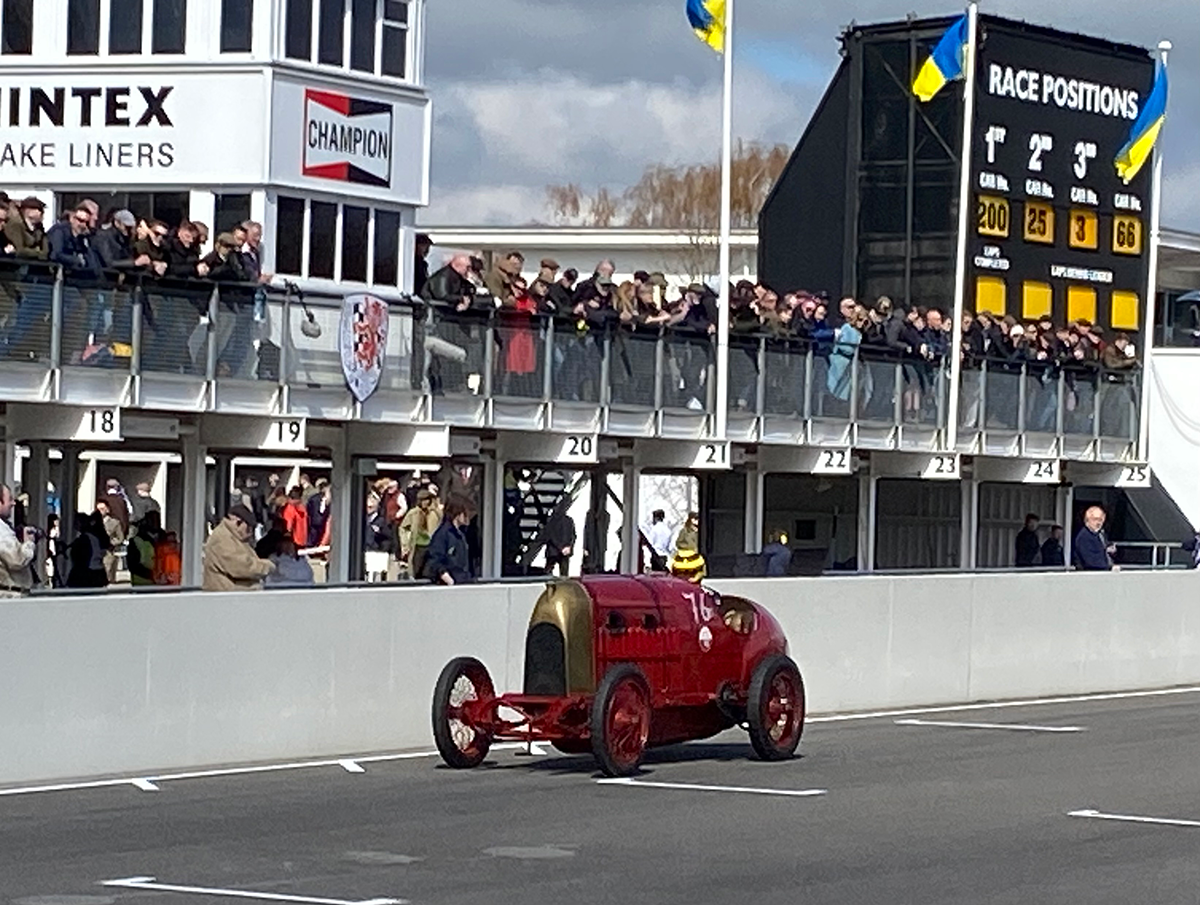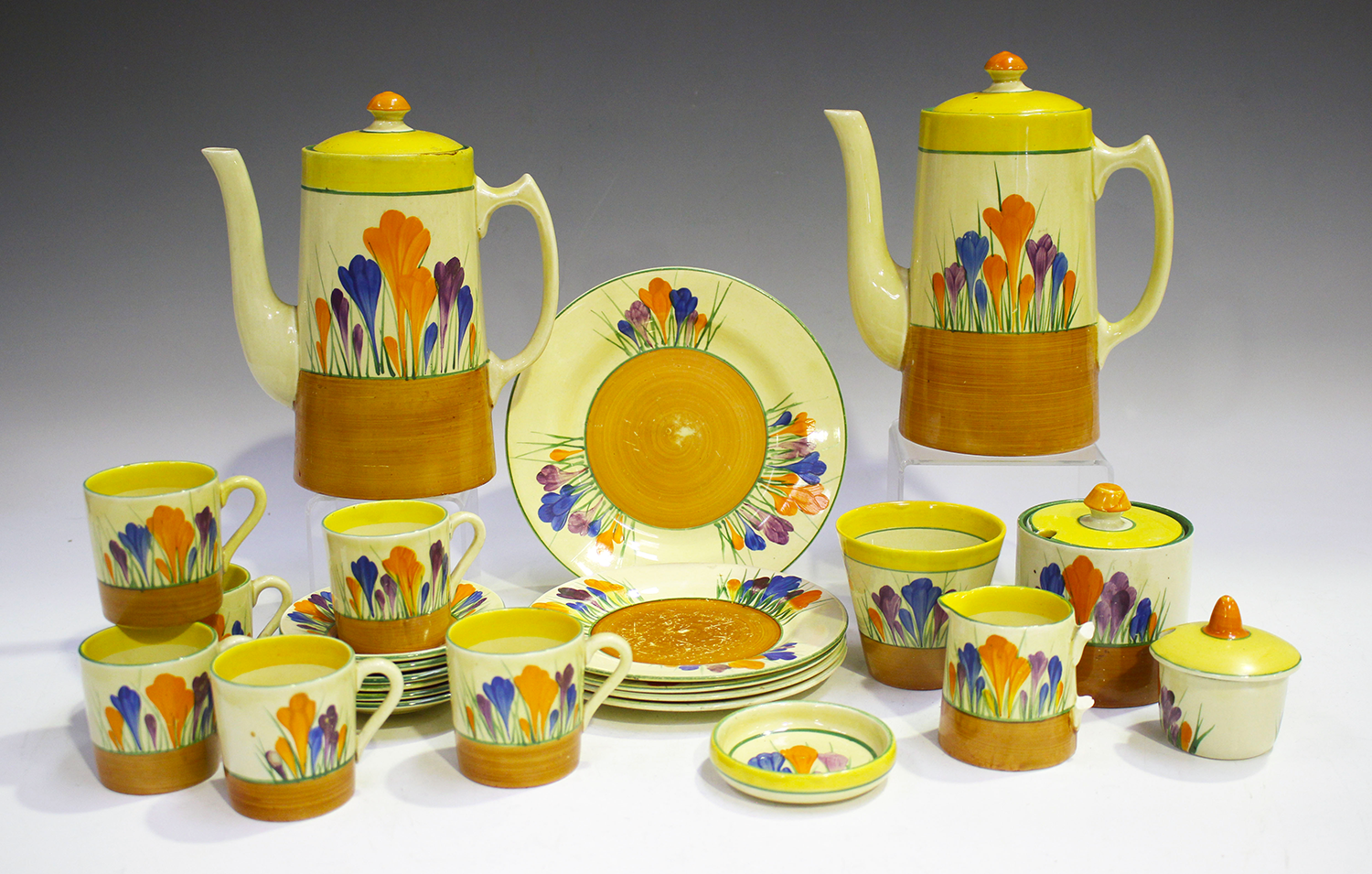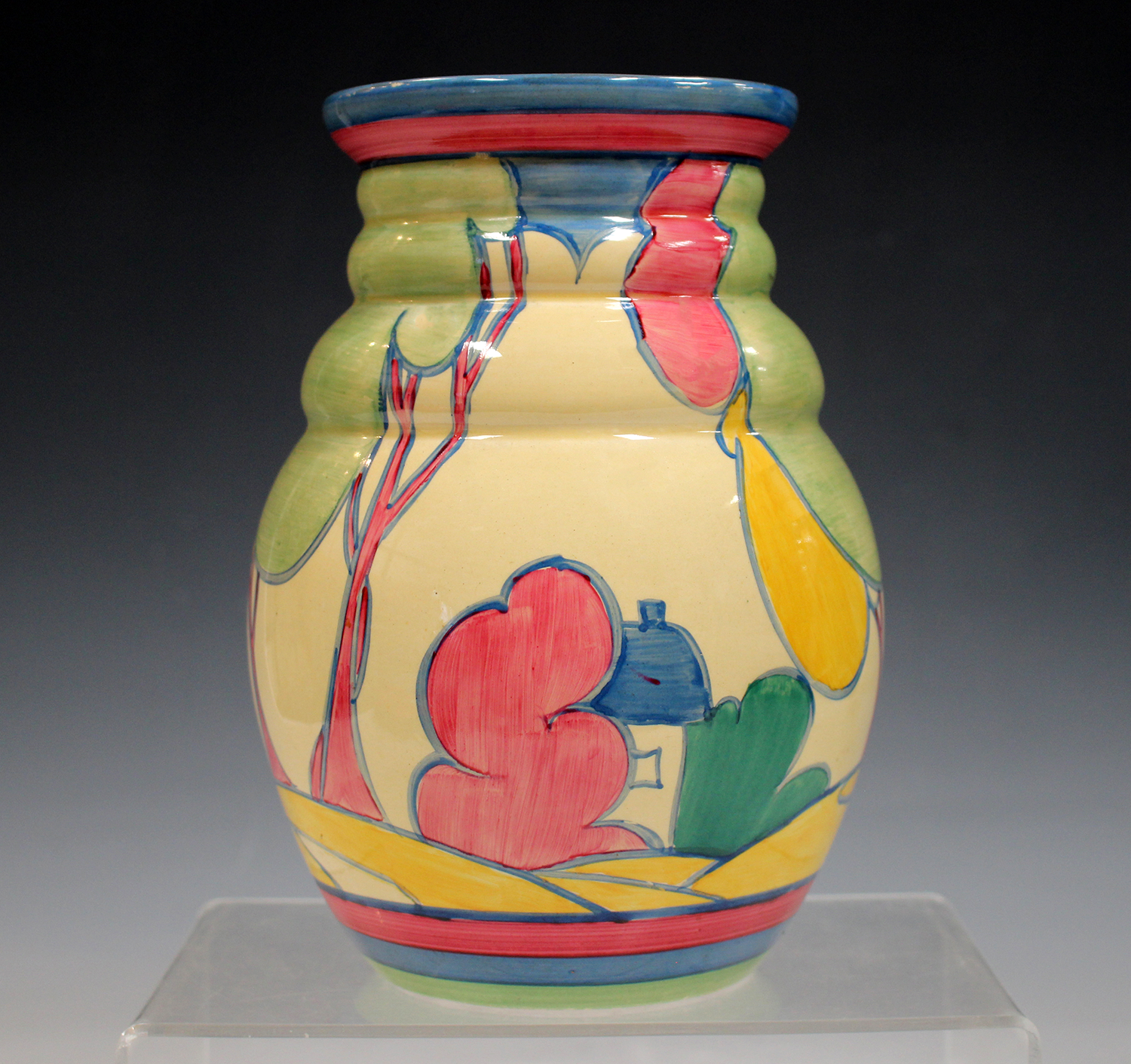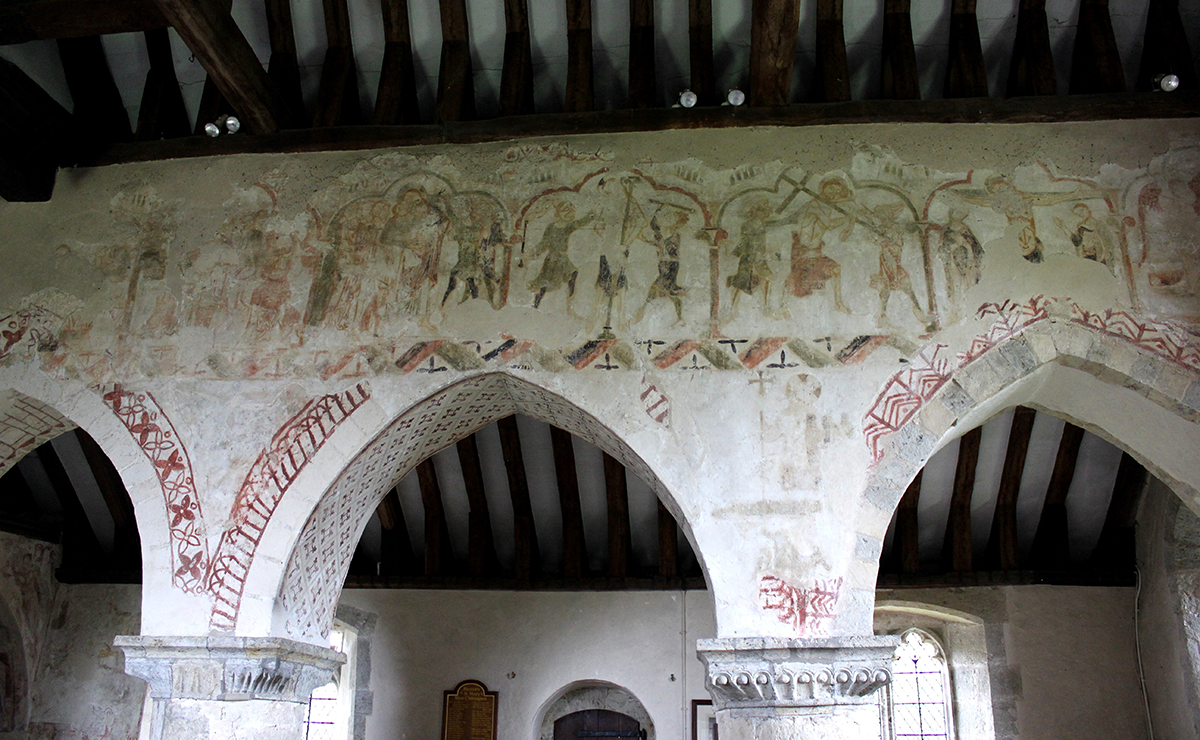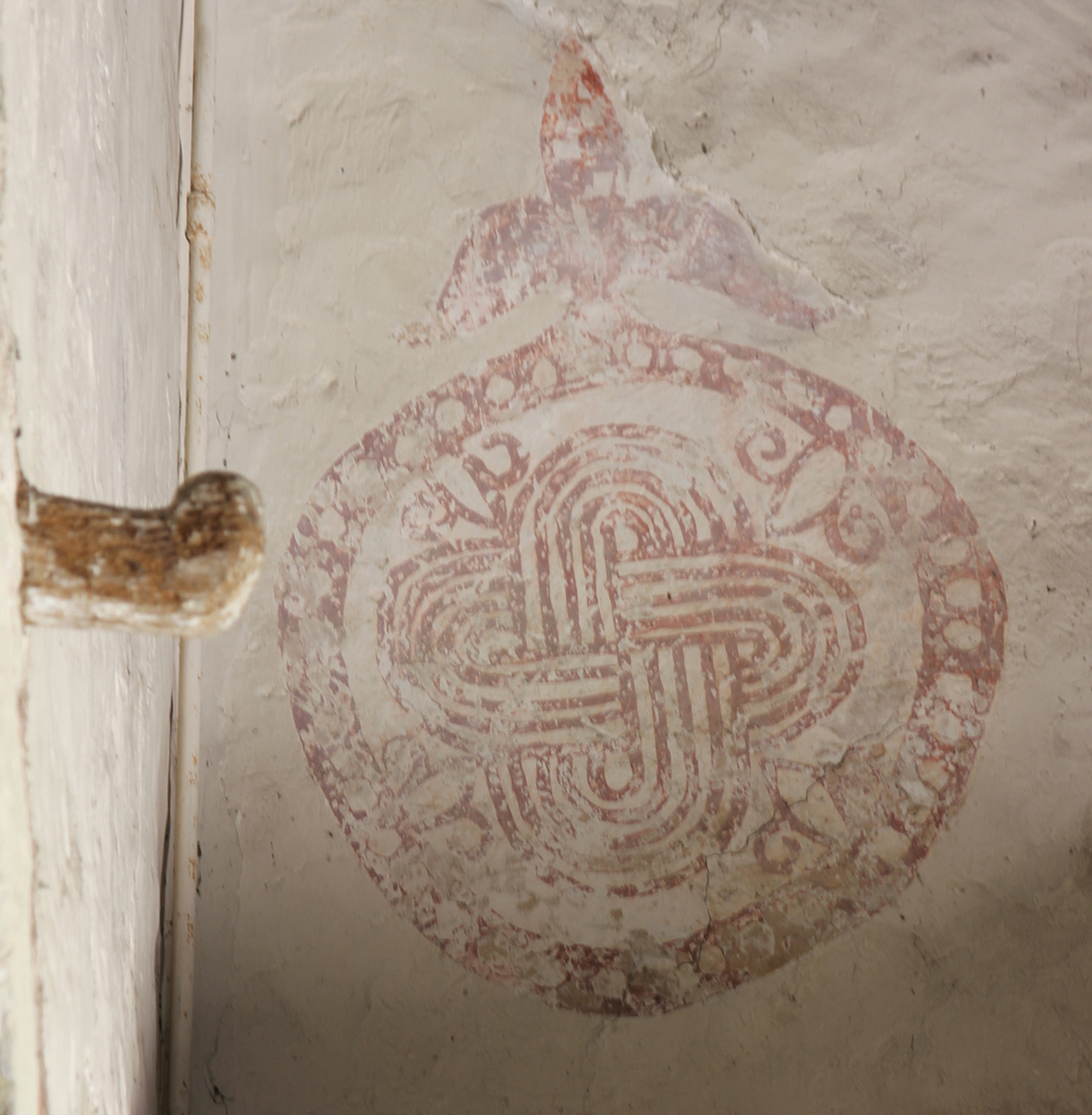
Borde Hill Gardens will be holding their annual plant fair in celebration of our gardening King on Sunday 7th May 2023 between 10am and 3pm.
The gardens at Borde Hill were first laid out by Andrewjohn Stephenson Clarke’s great grandfather, Colonel Stephenson R. Clarke. He purchased the house and land in 1893. Between 1893 and 1937 he sponsored many of the Great Plant Collectors’ expeditions. They returned with rare specimens brought back from their travels in the Himalayas, China, Burma, Tasmania and the Andes. Many of these plant species are still at the heart of the collection which make up the seventeen acres of these Grade II star listed gardens.
This spirit of adventure is still apparent today. Andrewjohn’s wife, Eleni, a geologist and trained horticulturalist, finds the gardens inspiring. She comments “This has always been an experimental garden, a place to try new plants. Borde Hill is constantly changing and looking to the future.”
Whilst our plant collecting might necessarily be on a more modest scale than Andrewjohn’s grandfather the Plant Fair provides a wonderful opportunity to add rare and beautiful new stock with specialist nurseries including: Plantbase, Hardy Cottage Garden Plants, Phoenix Plants, Clare’s Chillies, Mrs Mitchell’s Kitchen Garden, and Chailey Iris Garden attending. The Sussex branch of the Hardy Plant Society will be there too.
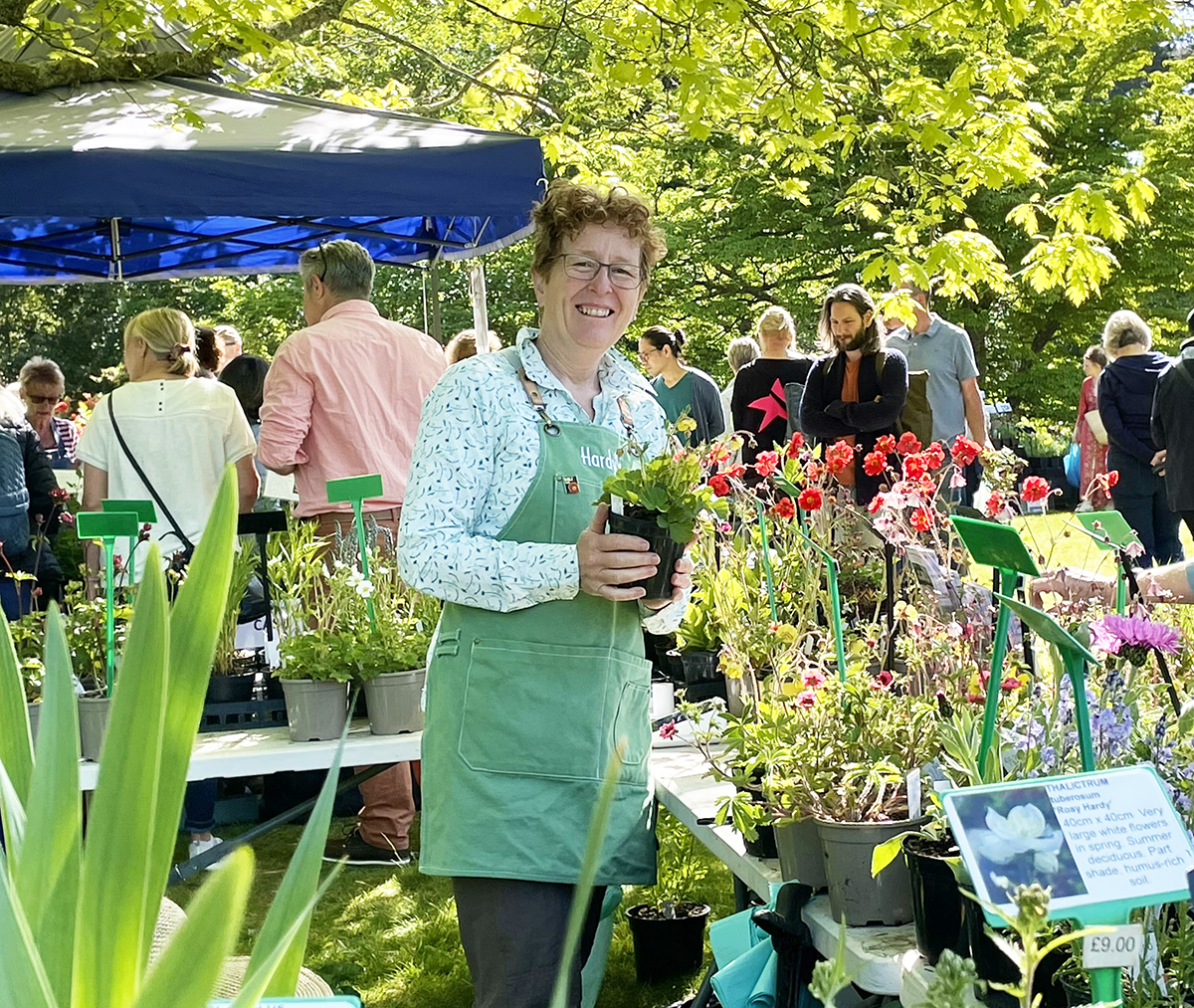
HM King Charles III has long understood that Gardens are places of blessing, invitation, hospitality and encounter for us and for nature.
Borde Hill’s displays are wonderful in the late spring, early summer and there will be much to delight alongside the Plant Fair. Eleni says “There are two beautiful new designs to see by multiple RHS gold medal winner Chris Beardshaw for the Italian Garden and Paradise Walk. The Azalea Ring will be a kaleidoscope of colour with the deciduous Kurume and Knapp Hill azaleas – flowering rhododendrons are dotted around the garden. The woodland will be carpeted with bluebells and anemones plus many flowering trees like Davidia involucrata.”
Borde Hill’s gardens bless you. As you walk your conversations cannot fail to be informed by the beauty of the place. And there is plenty to inspire the keen horticulturist whether it’s the rare species, the subtle effects of the planting, or the floral compositions before you.
Borde Hill Garden is the perfect Coronation Sunday destination.
The Coronation Plant Fair will be held at Borde Hill Gardens, Haywards Heath, West Sussex, RH16 1XP on Sunday 7th May 2023. You can buy tickets on the day, or in advance. For more information visit www.bordehill.co.uk or telephone 01444 450326.

